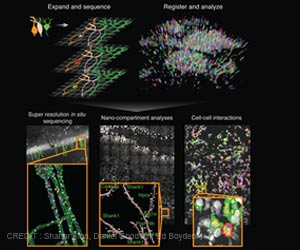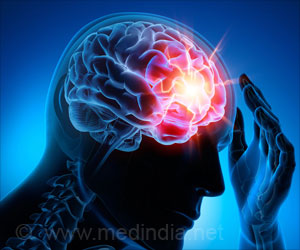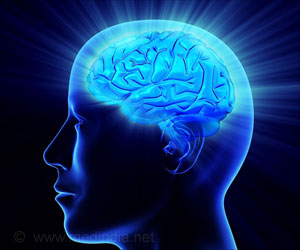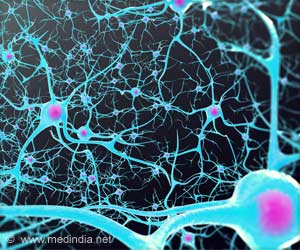A new model uses mental map to solve novel problems. The cognitive map solves the problems with the help of limited information.
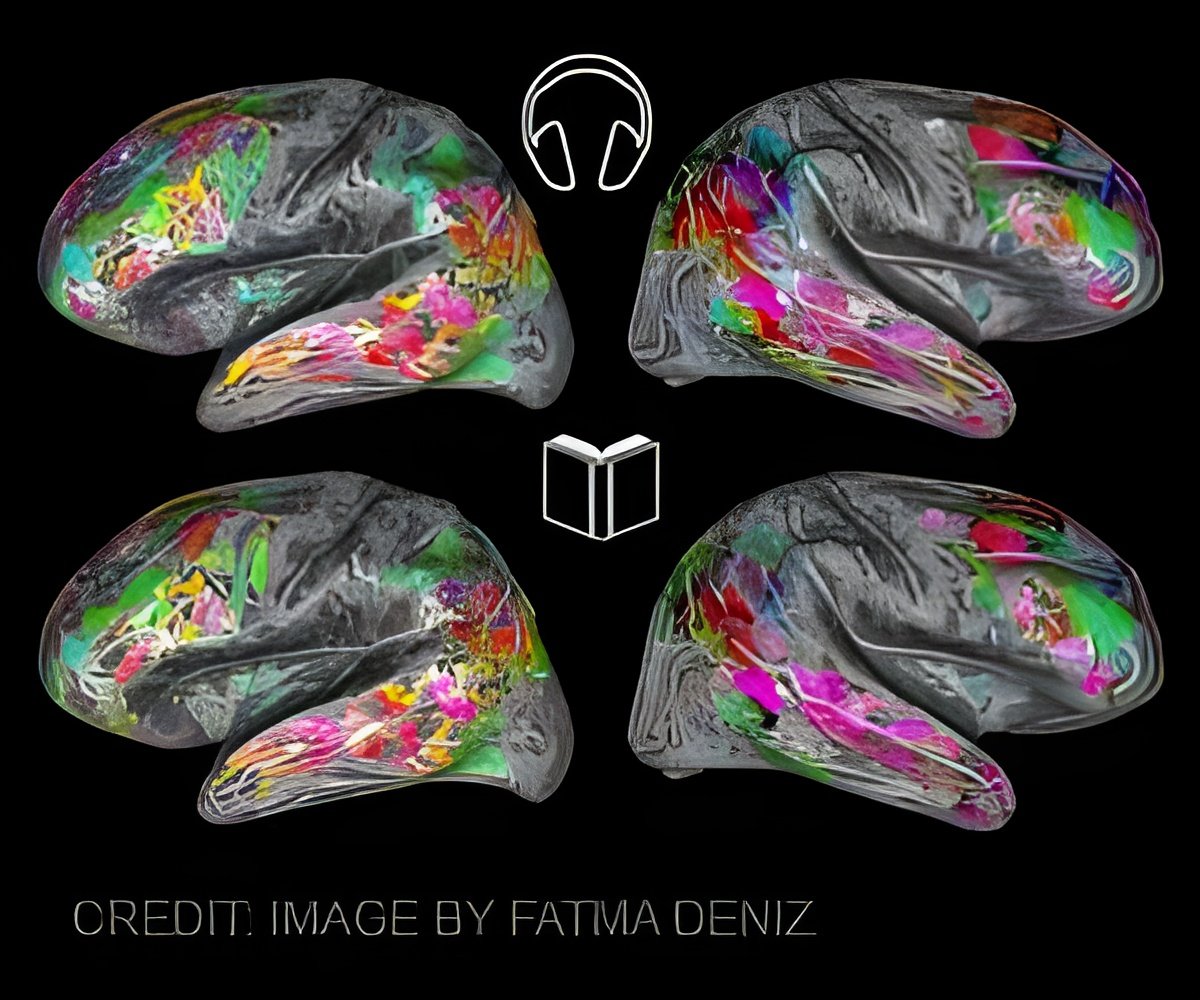
‘Animals and humans have the ability to solve problems using limited information which cannot be achieved with machine learning.’





The humans and animals create a map of the outside world in their head and navigate around. Once they come to know that the two locations a close to each other, they find new shortcuts between them. These maps use a network of “place cells” and “grid cells” present in the brain. Earlier studies have shown that humans can construct cognitive maps using limited information. The map is represented as a grid without seeing the original.
How cognitive maps are constructed and computed
Volunteers were given a list of 16 entrepreneurs based on the axes of competence and popularity. They were asked to pair each individual and business partner to maximize the business growth. The assumption was the entrepreneurs scored high in competence but was less popular so they were to be paired with the individual with high popularity score.
While the task was performed, the brains of the volunteers were scanned using functional magnetic resonance imaging (fMRI). If the volunteers used grid cells to solve the problem, the fMRI signal was analyzed.
According to Boorman- professor at Seongmin (Alex) Park, Douglas Miller “It turns out the system in the brain does show the signature of these trajectories being computed on the fly.,” “It looks like they are leveraging the cognitive map.”
Advertisement
The navigational map in rodents are present in the entorhinal cortex and cognitive map in humans are present in the prefrontal cortex and posterior medial cortex. These parts of the brain are always involved in autobiographical memory, planning, and imagination.
Advertisement
Source: Medindia

